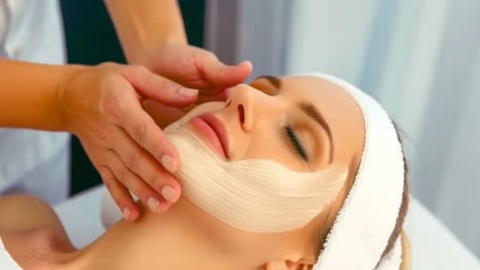How is facial fascia lifting performed?
Facial fascia lifting is a cosmetic technique that improves the firmness of the fascial layer to lift the facial skin. It can usually be achieved through methods such as hyaluronic acid injection lifting, thread lifting, radiofrequency lifting, ultrasound knife lifting, and buried thread lifting. Detailed analysis is as follows:

1. Hyaluronic Acid Injection Lifting: Hyaluronic acid injections contain various skin-nourishing substances, which are injected into the deeper layers of facial skin. These substances can nourish the skin and restore elasticity to the fascial layer, thereby improving fascial laxity. Hyaluronic acid injections are convenient and quick, but regular maintenance injections are required to sustain the results.
2. Thread Lifting: Utilizes absorbable threads, such as protein threads or polydioxanone (PDO) threads, implanted into the fascial layer of the skin. The tension of the threads lifts the sagging skin, achieving a facial tightening effect. This method involves minimal trauma and rapid recovery, making it suitable for mild to moderate facial sagging.
3. Radiofrequency Lifting: Uses radiofrequency technology to generate thermal energy that acts on the fascial layer of the skin, stimulating collagen regeneration and contraction, thereby achieving lifting and tightening effects. This non-surgical method is highly safe, although results may appear gradually and multiple sessions may be required.
4. Ultrasound Knife Lifting: The ultrasound knife delivers focused ultrasound energy to deeper layers of the skin, generating thermal energy that stimulates collagen contraction and renewal, resulting in facial skin lifting. This method offers high precision and minimal trauma.
5. Buried Thread Lifting: Similar to thread lifting, but focuses more on overall facial skin and muscle elevation through implanted threads. It effectively improves facial sagging and drooping, making the skin tighter and fuller. Additionally, the implanted threads stimulate collagen production, helping maintain youthful-looking skin.
Postoperative care and maintenance are also important for patients to promote recovery and enhance skin firmness after the procedure.









